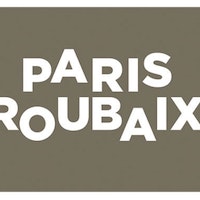Paris-Roubaix places the spotlight on tyre choice like no other race on the calendar.
The pavé of Paris-Roubaix is rougher than anything that features in the Classics that precede the Hell of the North. The sharp-edged cobblestones are thrown into a random formation on ‘roads’ which serve as farm tracks for the rest of the year in this agricultural corner of France.
It’s for that reason that teams switch to high-volume tyres across the board. Wider is better at Paris-Roubaix, with 27mm, 28mm and even 30mm rubber used throughout the peloton. Wider tyres can be run at a lower pressure in a bid to soften the blows served up by the cobbles, while offering increased grip and, crucially, with less risk of puncturing compared to a narrower tyre.
A puncture at Paris-Roubaix – when the team car can be stranded behind the peloton on the narrow pavé sectors – can be the difference between making the split and being deserted in no man’s land, the difference between victory and defeat.
FMB may be little known away from the pro peloton but the French company has cornered the market at Paris-Roubaix. It’s 27mm Paris-Roubaix tyre, named after the race itself, is handmade in France, with a super-supple cotton casing and sticky file tread, and was, by some distance the most popular rubber on show on Sunday. No teams are sponsored by FMB but most, including Trek Factory Racing and Team Sky, are willing to forfeit their regular sponsorship agreements in search of a more suitable tyre.
Tyre pressure is equally important and remains a closely guarded secret, with each rider developing their own preference based on experience and numerous recce rides in the build-up to the race.
What else did we spot at the 2014 Queen of the Classics? We dissect the rubber of Roubaix, or check out part one of our race tech series here.






Share